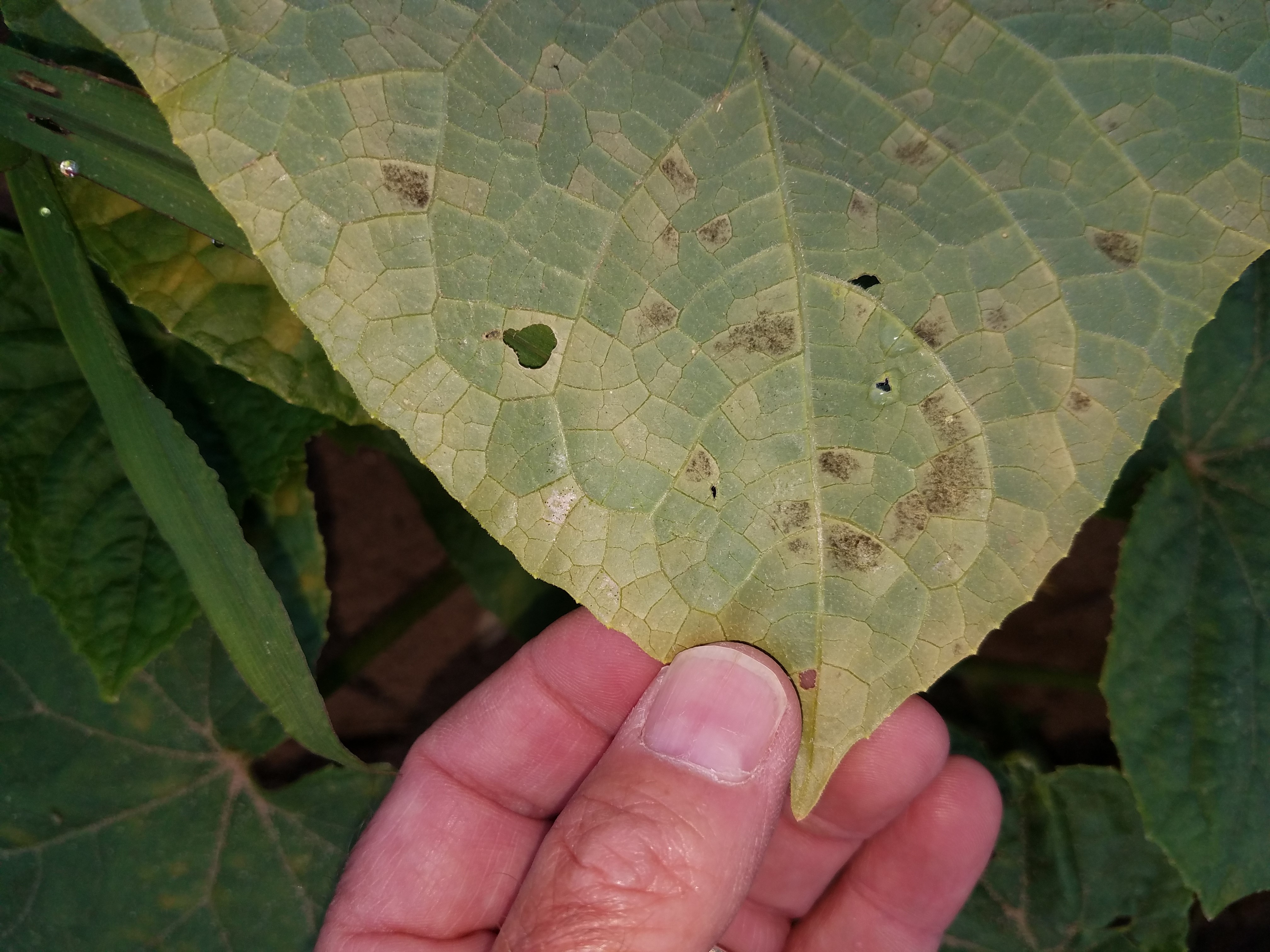Southwest Michigan vegetable update – July 31, 2019
Hot weather brings unwanted consequences.

Weather
The 50-degree Fahrenheit degree-day units are at 1,565 for 2019 compared to 1,763 for 2018 and 1,719 for the five-year average. We had variable rainfall across the area ranging from a trace to around an inch. Temperatures ranged from 75 F – 88 F for highs and 51 F – 70 F for lows.
Crop reports
Pepper and tomato growers can expect an increased amount of blossom end rot as they harvest through fruit affected by the increased temperatures. Blossom end rot is a calcium deficiency in the blossom end of the fruit. There is a genetic, environmental and soil component that contribute to expression. Generally, there is enough soil calcium; it is just not getting into the plant. Calcium is not very mobile in the plant so foliar applications are not that helpful.
The most important thing producers can do is maintain a constant level of soil moisture, not a wet/dry cycle. Even if everything is right, the weather can then play a big part and that is what happens under high temperature, high light situations like we experienced. The plants are growing so fast that even though calcium levels in the soil are adequate, the plant just cannot take up enough to meet demand. Fortunately, conditions conducive to blossom end rot only last for a short time and once that fruit is removed, future fruit is generally fine.

Vine crop producers need to be aware that downy mildew has been confirmed at the Southwest Michigan Research and Extension Center. We found it on an unsprayed plot of pickles that we have since sprayed. Downy mildew is easiest to spot in the early morning when leaves are wet from dew. The first thing to notice are leaves that have yellow spots (Photo 1). Flipping the leaf over, the yellow spots will correspond to water soaked or sporulating areas (Photo 2) confined by leaf veins. Control products must be applied as soon as possible since this is a rapidly spreading disease.
Current weather conditions have also been conducive for powdery mildew on cucurbits, especially pumpkins. Powdery mildew spreads quickly under humid, heavy dew morning conditions. Control starts with tolerant genotypes, but they will not give 100% protection. Powdery mildew will cause early defoliation leading to decreased fruit size and sun burned fruit. It will also produce pumpkins with dry, shriveled handles that are hard to sell.
Bacterial diseases are beginning to show on tomatoes. There is little that can be done at this time other than to hope for dry weather. Since bacterial spot has developed resistance to copper; we have no products that are effective in the field. The best control is using streptomycin in the greenhouse so plants have minimal inoculum when they are set to the field. The delayed planting this spring no doubt contributed to disease incidence.



 Print
Print Email
Email

